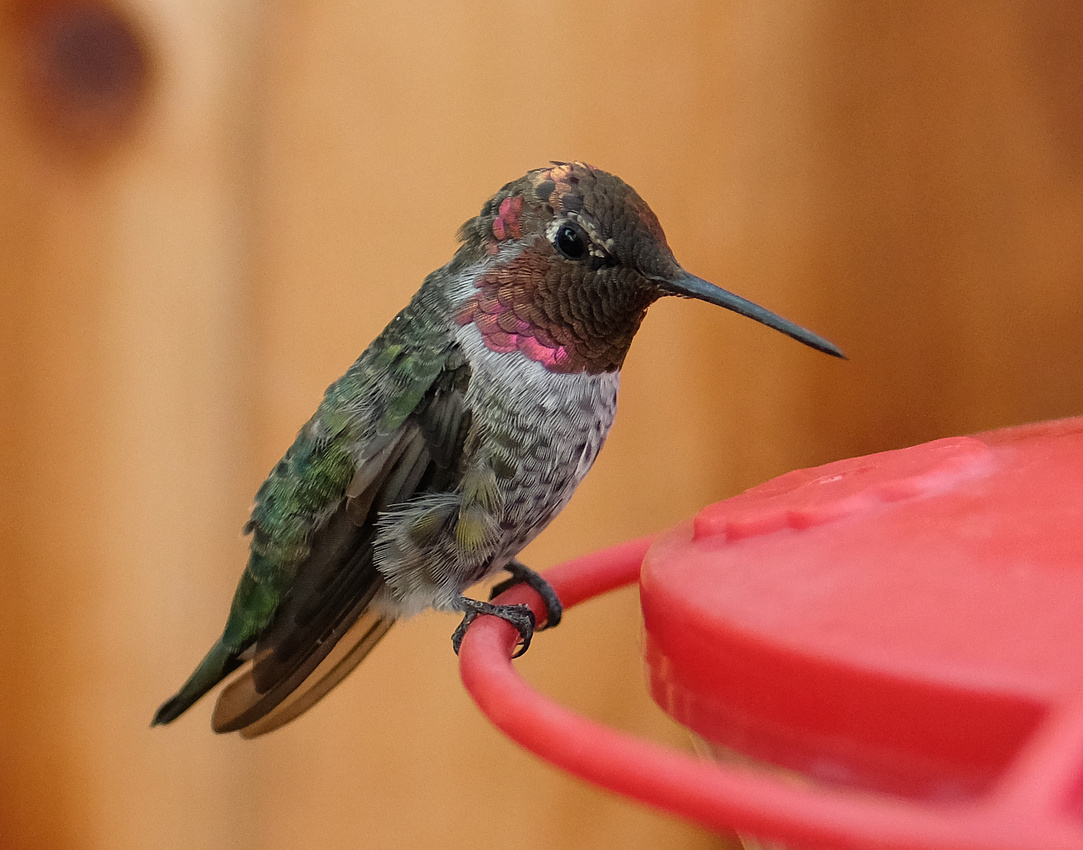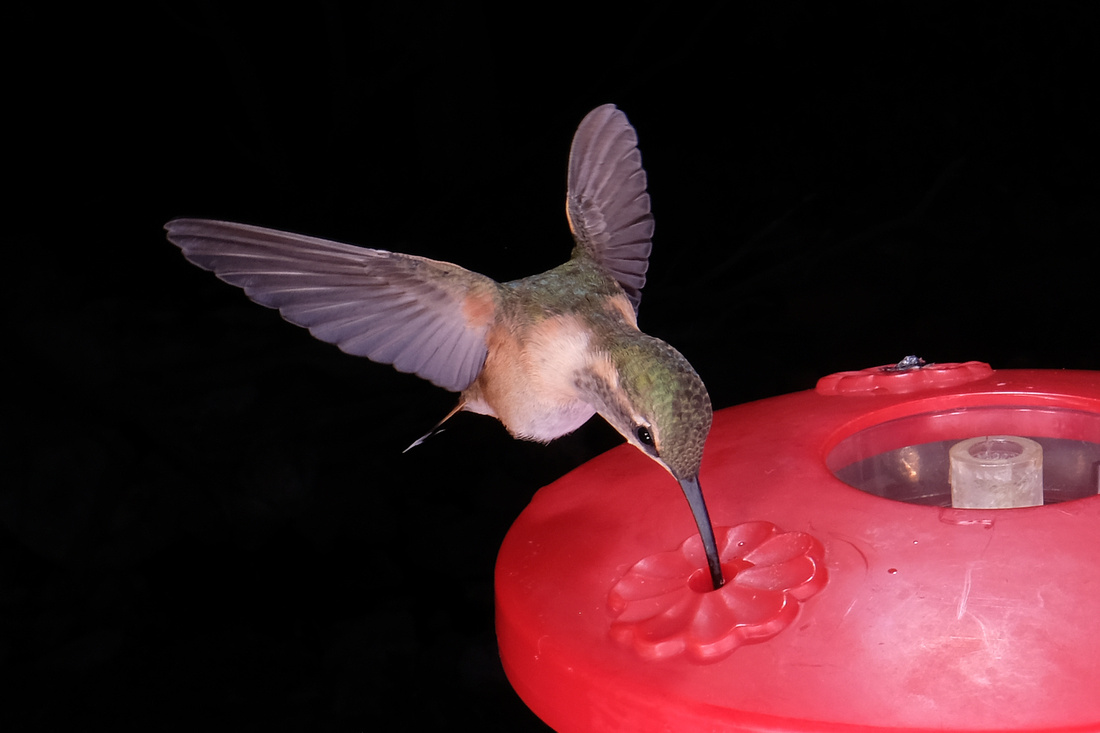Perspective
Perspective – Try going short.
It is commonly thought that a short focal length lens will change the perspective of the subject, and it will, but what actually determines the perspective is the distance from the subject. Try a portrait at 400 and 40 mm, same distance in both cases. Why are the traditional portrait lenses in the 100mm range – because you can fill the frame with a head shot at a distance that provides a pleasing perspective and does not intimidate the subject. And what is this distance? Stand in a mirror starting up close and back up until your face looks normal. Shoot at twice that distance (your image in the mirror is actually behind the mirror the same distance you are in front of it) with a focal length that gives you the desired field of view.
Most people are used to seeing bird photos in telephoto, where the camera is quite a distance away (recall that 20 feet or so is needed to achieve a six-inch depth of field with a 400 mm lens at f/16). But if you are much closer to the bird with a shorter focal length lens, your view will change to more of an up close and personal perspective. With the shorter focallength you will maintain the same depth of field as long as the field of view at the subject is the same. If you are far enough away, it will be hyper focal where everything from one half the distance to the subject to infinity is in focus. For long focal lengths the depth of field will be split roughly 50/50 in front and in back of the subject, but as the focal length decreases there will be less depth of field in front of the subject and more behind.
It will help if you become familiar with simple depth of field calculations. An easy way to calculate depth of field is by the rule of 10. f/10 at a focal length or 10 centimeters (or 100mm), ten feet from the subject yields a depth of field of 10 inches. The depth of field at other distances, f#s, or focal lengths can be scaled from the rule of 10. Depth of field is linear with f#, so for example f/5 with have roughly half the depth of field of f/10. Now, depth of field scales as the square and inverse square of distance and focal length respectively. Doubling the focal length will decrease the depth of field by a factor of four. Doubling the distance will increase it by a factor of four.
Another good rule: for a full frame sensor SLR, with a 35mm lens, the width of your field of view equals the distance you are from the subject. For other focal lengths, or cropped sensors, scale accordingly. Example: for a 70mm lens the width of you field of view will be one-half the distance you are from the subject.
Figure – Natural light, 16mm, f/1.8, 1/640sec, Annas Hummingbird bird (m)


Figure - Flashes 32mm f/16. Annas Hummingbird (f), echeveria


Figure - Flashes, 16mm f/16, Lucifer Hummingbird (f), Ash Cyn, AZ


